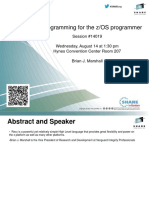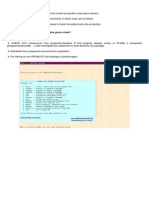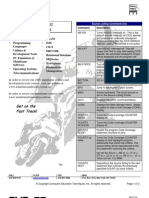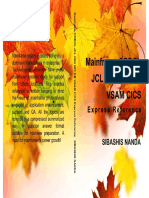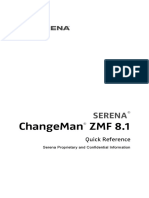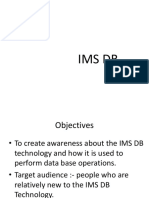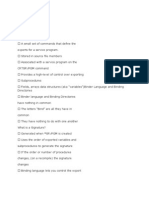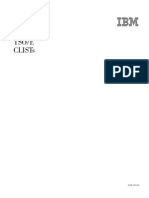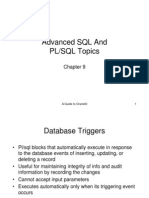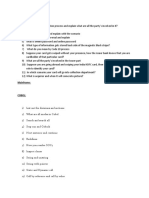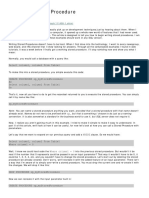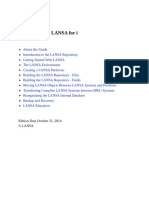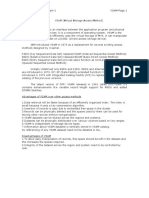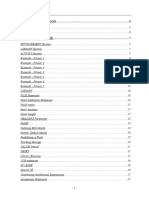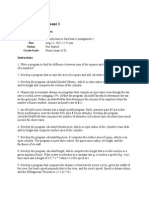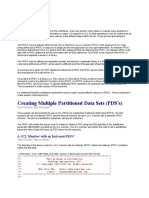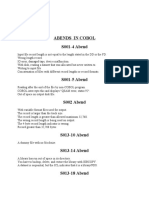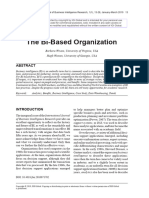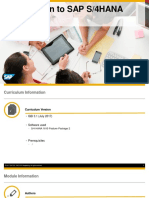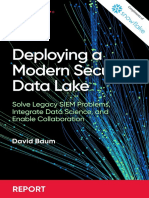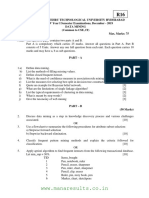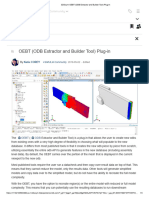0% found this document useful (1 vote)
555 views10 pagesCOBOL-DB2 Compilation Guide
The document describes the four step process for compiling a COBOL program that uses static SQL statements to access a DB2 database:
1. The DB2 precompile process checks the SQL statements for errors, adds working storage areas, and extracts the SQL into a database request module (DBRM).
2. The modified COBOL source from the precompile is compiled.
3. The compiled code is link-edited along with DB2 runtime modules to create a load module containing consistency tokens from each precompiled program.
4. The DB2 bind process reads the DBRM, prepares an access path to the data, and stores it in the catalog as a package within a collection bound to
Uploaded by
Sampad SekharCopyright
© Attribution Non-Commercial (BY-NC)
We take content rights seriously. If you suspect this is your content, claim it here.
Available Formats
Download as DOCX, PDF, TXT or read online on Scribd
0% found this document useful (1 vote)
555 views10 pagesCOBOL-DB2 Compilation Guide
The document describes the four step process for compiling a COBOL program that uses static SQL statements to access a DB2 database:
1. The DB2 precompile process checks the SQL statements for errors, adds working storage areas, and extracts the SQL into a database request module (DBRM).
2. The modified COBOL source from the precompile is compiled.
3. The compiled code is link-edited along with DB2 runtime modules to create a load module containing consistency tokens from each precompiled program.
4. The DB2 bind process reads the DBRM, prepares an access path to the data, and stores it in the catalog as a package within a collection bound to
Uploaded by
Sampad SekharCopyright
© Attribution Non-Commercial (BY-NC)
We take content rights seriously. If you suspect this is your content, claim it here.
Available Formats
Download as DOCX, PDF, TXT or read online on Scribd
/ 10


